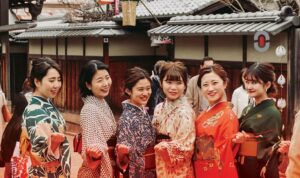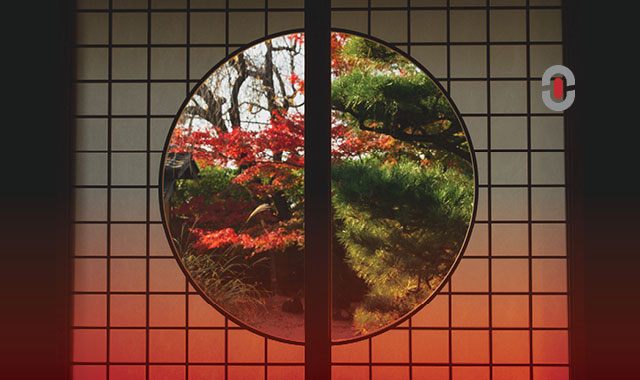A predominantly homogenous nation, it may come as a surprise that the land of the rising sun contains multiple different Japanese dialects. The country consists of around 6,000 islands and it’s capital city Tokyo is home to over 35 million people.
This makes it not only one of the most amalgamated melting pots of people that come from various regions in Japan, calling it home. It’s also the largest city in the world. Considering that there is so much diversity within Japan then, it certainly makes sense that there are multiple Japanese dialects.
To find out more about what the main ones are and how you should strategically use your understanding of Japanese dialects in the business sense, keep reading below.
What differentiates the various dialects in Japan?
Japanese dialects are variations of the formal Japanese language that are typically used in media, government, and business communication. However, what makes this “formal” Japanese “formal” in the first place? The truth is that the Japanese language has gone through quite a long period of development.
Starting with the attempt to unify it through Standard Japanese, which then developed into a policy of calling it Common Japanese, which now takes into consideration different dialects.
These Japanese dialects may differ based on aspects such as vocabulary, inflections, pitch accents, particle usage, as well as the use and application of some consonants and vowels.
In addition to all this, many prominent linguists have attempted to pinpoint where these different dialects are located. This has led to an east-west division. But unlike a line that can be drawn on a map to signify a physical boundary, this is not really possible with language.
That’s why yet others have even opted for a north-south division, but even this fails to take into account all the intricacies that the language involves.
Which are the main dialects there?
Although many have attempted to classify Japanese dialects, the exercise has often been difficult and inconclusive. However, there are around 10 dialects that we were able to pinpoint to help you get a better understanding of the variations in the Japanese language. Here they are:

- Kansai dialect and Kansai ben: The Kansai dialect is unique and distinct and is predominantly heard in the cities of Kansai. Since the people there are described as being warm and possessing a strong sense of humor, it’s no wonder that this dialect sounds a bit louder, funnier, and generally more outlandish than Common Japanese.
- Tokyo dialect: as mentioned earlier, Tokyo is home to over 35 million people from all over the country. It’s also where Japan’s largest media network is, which then influences language use throughout the country. Whether through anime, comedy, films, news, drama, or sport, the Common Japanese that’s spoken here infiltrates the rest of the country. It is therefore considered the “neutral” dialect.
- Fukuoka dialect: Hakata ben – this dialect is generally spoken around the quiet port town of Fukuoka. Lined with beautiful streets, charming markets, and incredible temples, this Japanese dialect is also often used when regional news is presented, alongside Standard Japanese.
- Osaka dialect: another Japanese dialect is the Osaka dialect, which is considered a part of the Kansai dialect. As such, it is spoken in the Kansai region and what’s noteworthy when you hear native speakers talking is that they will often omit particles resulting in the language sounding rather “musical”.
- Hiroshima ben: this Kansai dialect is commonly associated with two things: the Chugoku region and the Japanese mafia. Although the extent of the latter remains to be confirmed.
- Kyoto ben: this dialect, together with Osaka ben, is generally referred to as the Kamigata dialect. As the name suggests, it is spoken more prominently in the Kyoto region and it has softer, more elegant, and possibly feminine characteristics of expression which make the language sound even more polite.
- Nagoya ben: this Japanese dialect is primarily spoken in Nagoya City, particularly in the Aichi prefecture. This is where the east-west language divide lies because of the city’s geographical location.
- Sendai ben: the Sendai ben dialect is spoken in the Tohoku region. It’s also noteworthy that Sendai is the capital of the Miyagi prefecture. Interestingly enough, speakers of this dialect often require subtitles if consuming content from Japanese mainstream media.
- Hokkaido ben: this island’s distinct dialect is a mixture of speakers who have populated the island from various regions, which include the Tohoku and Hokuriku regions.
- Kyushu: also related to the city of Fukuoka, people who speak this dialect are often presumed to be “passionate” and “hot-headed”.
How dialects can impact your business in Japan
Japanese dialects can certainly make the landscape of doing business in Japan that much more difficult. This is because you’re not speaking to one homogenous language group but rather to multiple linguistic communities that communicate with each other and wish to be communicated to in their own ways.
As such, businesses seeking to enter the Japanese market must keep these differences in mind in order to ensure that they do not alienate their target market but rather draw them in with deeper cultural and linguistic sensitivity.
